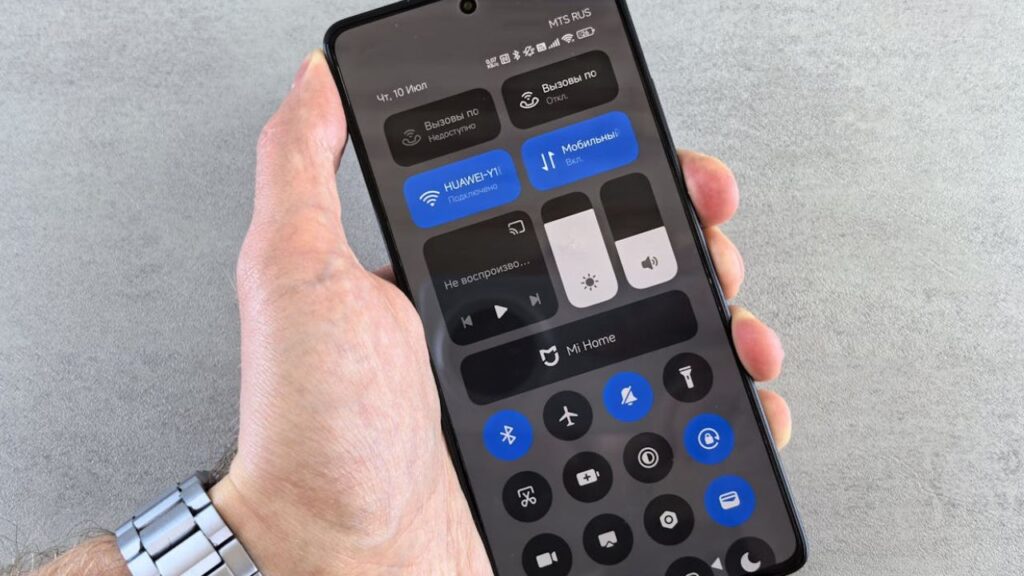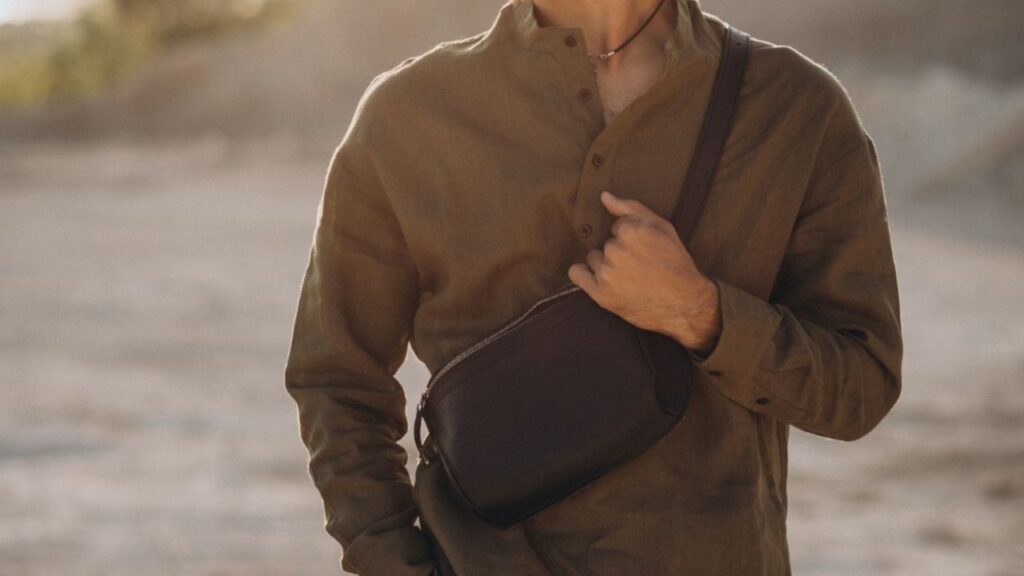We may earn money or products from the companies mentioned in this post. This means if you click on the link and purchase the item, I will receive a small commission at no extra cost to you ... you're just helping re-supply our family's travel fund.

Travel used to come with its own set of rigid, non-negotiable rules. There was a specific way to carry money, book a room, and even dress for the airport. But the landscape has shifted dramatically. Technology and a more casual culture have rendered many of these old formalities obsolete. Knowing which customs to leave behind is more than just convenient; it is about embracing a smarter, more fluid way to explore, freeing you up to focus on the journey itself.
1. Dressing Up for a Flight

Air travel was once an event, an occasion that warranted suits and dresses. That era is definitively over. The modern airport experience is a marathon, not a fashion show, and the unwritten dress code now champions strategic comfort. Airlines and fellow passengers expect to see athletic wear and comfortable layers. The new definition of travel luxury is not about how you look when you board, but how rested and ready you feel when you land. Pack for comfort and function.
2. Carrying Traveler’s Checks

These were once the pinnacle of travel security, a necessary hassle to protect your funds. Today, they are functionally useless in the United States. Most banks will not even know how to process them, and merchants certainly will not. Your debit and credit cards offer superior fraud protection and are accepted almost everywhere. Combined with a vast network of ATMs and the ease of mobile payment apps on your phone, traveler’s checks have become a genuine travel fossil.
3. Printing Every Confirmation and Ticket

That thick folder of printed itineraries, hotel confirmations, and boarding passes can finally be retired. Your smartphone now serves as a dynamic, all-in-one travel hub. Airline and hotel apps provide your tickets and reservations while also delivering crucial real-time updates on gate changes, delays, or room availability. Going digital is not just about saving paper; it is about having a more agile and informed travel experience that a static piece of paper could never offer.
4. Manually Reconfirming Your Flight

The old habit of calling the airline 24 to 72 hours before departure to reconfirm your flight details is a relic of a less connected time. Airlines now operate on automated systems that will proactively notify you of any changes. Through email, text messages, and app notifications, you are kept in the loop automatically. The responsibility has shifted from you having to check in with them, to them being responsible for keeping you informed.
5. Relying Solely on Paper Road Maps

There is a certain romance to unfolding a giant paper map, but as a primary navigation tool, its time has passed. Your phone’s GPS offers live traffic data, automatic rerouting for accidents, and a searchable index of gas stations, restaurants, and attractions. A paper map is a static snapshot of a road system, while a digital map is a live, intelligent guide. Keep one in the car for remote areas with no signal, but do not depend on it for your main navigation.
6. Waiting to Develop Your Vacation Photos

The suspense of dropping off a roll of film and waiting days for your prints was once a core part of the vacation experience. That entire process has vanished. Digital photography, whether on a dedicated camera or your phone, provides instant feedback. You can see your shots, correct mistakes, and share your favorite moments with friends and family in real time. It has fundamentally changed how we capture and communicate our journeys as they unfold.
7. Insisting on Using Cash for Everything

While carrying a small amount of cash is still prudent for tips, farmers markets, or the occasional small-town shop, the U.S. economy is overwhelmingly cashless. Mobile payment systems have made it easy for even the smallest food trucks and market stalls to accept cards and contactless payments. Relying entirely on cash is now less convenient and less secure. Using a credit card also provides better expense tracking and a robust layer of fraud protection that cash simply cannot offer.
8. Expecting to Pay for Hotel Wi-Fi

Not long ago, getting online in your hotel room meant logging into a clunky system and accepting a frustrating daily charge. Today, complimentary Wi-Fi is a standard utility, as expected as clean towels and electricity. While some luxury resorts may still bury the cost in a mandatory “resort fee,” the era of the standalone, per-day Wi-Fi charge at most hotels is over. An extra fee for a basic connection is now a red flag for an outdated establishment.
9. Booking Simple Trips Through a Travel Agent

Travel agents are still indispensable experts for complex, multi-destination journeys or large group bookings. Their knowledge and connections are invaluable in those scenarios. However, for booking a standard domestic flight or a week-long hotel stay, their role has been largely superseded by powerful online booking platforms. These tools have empowered you to compare prices, read reviews, and build your own simple itineraries with complete control.
10. Packing a Formal “Dinner” Outfit

Unless you have a specific invitation to a wedding or a reservation at one of the few elite restaurants with a jacket-and-tie requirement, you can leave the formalwear at home. American dining culture, even in upscale restaurants, has trended decisively toward “smart casual.” A pair of dark jeans with a nice shirt or blazer is appropriate in almost any setting. This allows you to pack lighter and navigate the local food scene with more comfort and ease.
11. Hiding Valuables in a Money Belt

The classic tourist money belt, worn under your clothing, is largely an unnecessary precaution for domestic U.S. travel. While you should always be aware of your surroundings in crowded places, the specific threat of professional pickpocket teams is far less prevalent than in some international tourist hubs. A modern cross-body bag worn in front, a zippered internal pocket, or simply not carrying all your cards at once is a more practical and comfortable approach to security.
12. Buying Expensive International Phone Plans

Global roaming once meant sky-high bills, but modern travel eSIMs and local data plans make those charges easy to avoid. Many U.S. carriers also include generous international data in regular plans. Instead of paying for a traditional roaming package, travelers can install a prepaid eSIM before takeoff and have instant service on arrival. It’s cheaper, faster, and eliminates the old scramble for a SIM card or fear of surprise charges.